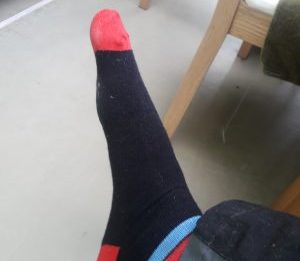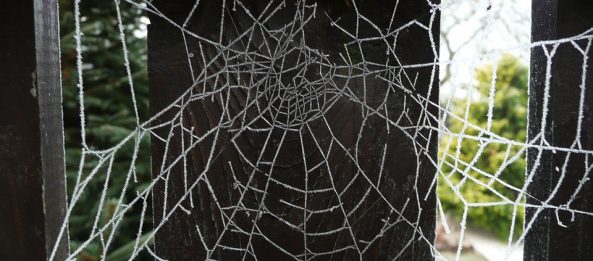You know what? You deserve a day off. Why don’t you take a long weekend, stay home on Monday? Hey, it’s cool, don’t worry, you can tell them the guy in Notes From Xanadu said it was okay.
In fact, take every Monday. Or maybe Friday. Yeah, Fridays would probably be better. Sure, why not? Take Fridays off from now on. Yes, you – all of you. No problem. You’re welcome.
See, that was easy.
What if we all just started working a four-day week? Simply downed tools, shut off the PC, parked the train, trousered the last brown envelope… all on Thursday evening. Then rang in sick, like the Blue Flu, every seven days.
 Yes, those phone calls would be awkward at first: “Well, I guess it is strange how we’re all sick again this Friday boss, but (pinches nose, coughs) I rilly habe a bery bad cold.” Yes, there would be fury at first. Yes, some of us, many of us, might be fired. But we would be fired for the greater good. You can’t make an omelette without a few pioneers getting arrows in their backs.
Yes, those phone calls would be awkward at first: “Well, I guess it is strange how we’re all sick again this Friday boss, but (pinches nose, coughs) I rilly habe a bery bad cold.” Yes, there would be fury at first. Yes, some of us, many of us, might be fired. But we would be fired for the greater good. You can’t make an omelette without a few pioneers getting arrows in their backs.
And after a while, we wouldn’t have to ring in at all. Eventually, even those most incensed by this great leap backward would capitulate. Owner-managers, CEOs, bosses of every kidney would, after a while, throw up their hands in despair and start taking their mistresses to Kinsale every Friday (metaphorically speaking, of course – at least till the pandemic is under control). After all, how can you work if there’s no-one to work with?
Clients and customers too would learn to appreciate this extended breathing space at the end of the traditional work cycle. Even foreign trading partners would come to terms with it: “Ah oui, the lazy Irish … but what can you do, uh?” In time, and with an easterly wind, our bold initiative would sneak across every European border, like Johnny Logan and the smoking ban. And inevitably, other continents would also follow suit. The grassroots support is already there, worldwide – after all, who doesn’t want to work less? – and once Ireland is out there as proof of concept, nation after nation will tumble before this beautiful historical tide.
With reduced working hours comes reduced productivity, and from reduced productivity flows the manna of reduced prices, thereby slowing inflation and gradually bringing down the cost of living. Possibly. While I’m making stuff up, let’s say also that the social and economic sea-change of a four-day week would, within 12 months, end the current global fiscal crisis, boost consumer confidence and spending, cure Covid, slash the price of oil and put a 64-inch plasma TV in the arms of every schoolchild in the world.
Where did it come from, anyway, this inviolable figure of 40 hours’ work per week? It’s so uneven, so awkward – such an unwieldy figure. It should be rounded down. Maybe to 30. That’s a nice handy number.
The first step is up to you. Enjoy the long weekend.





